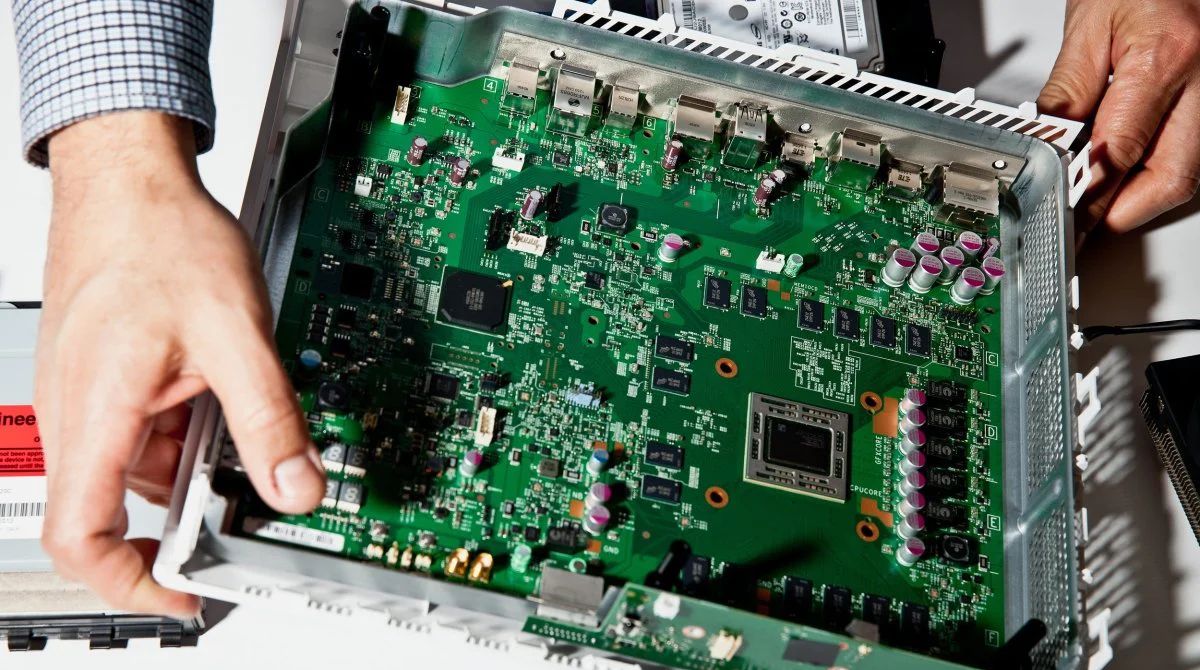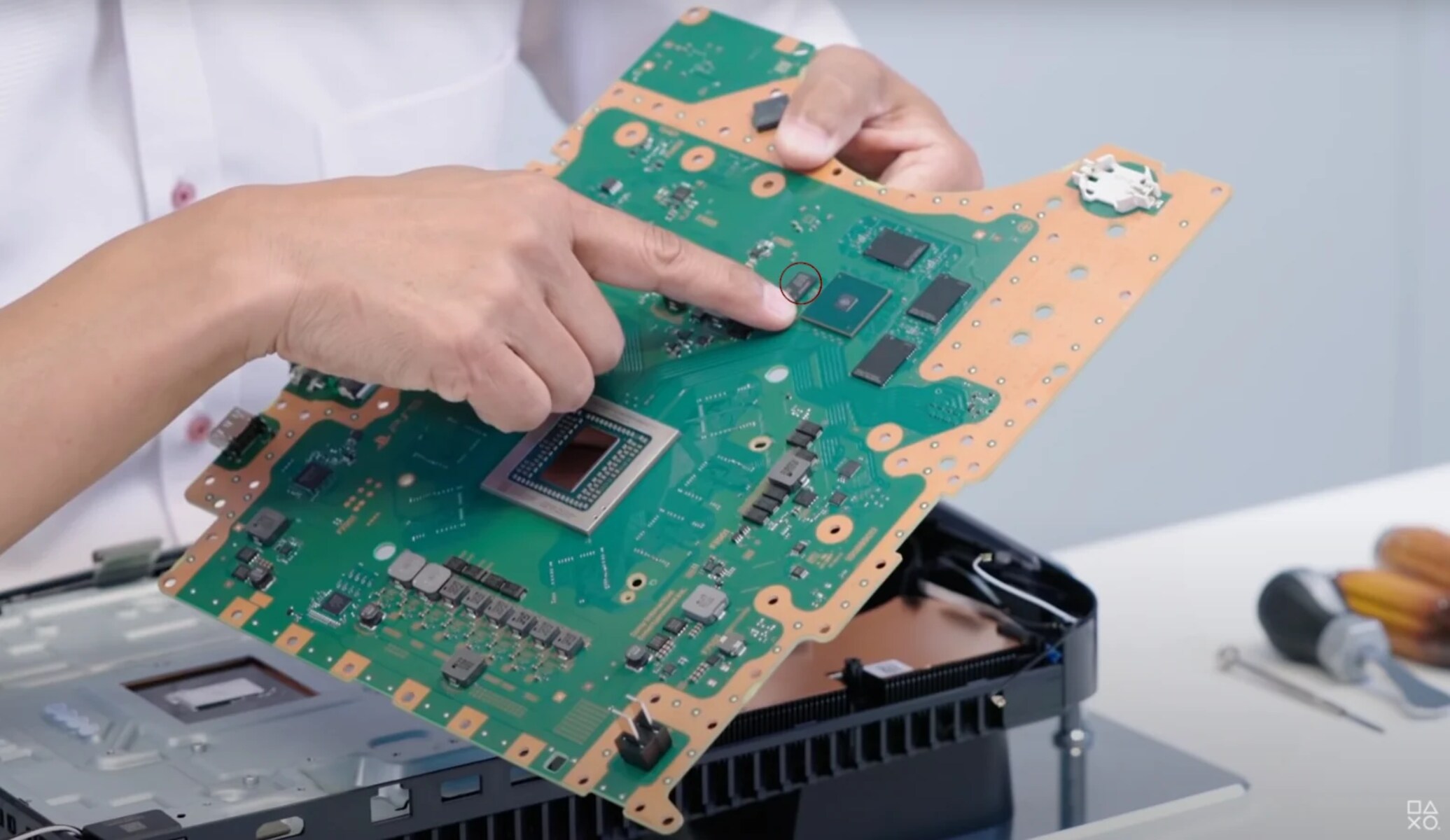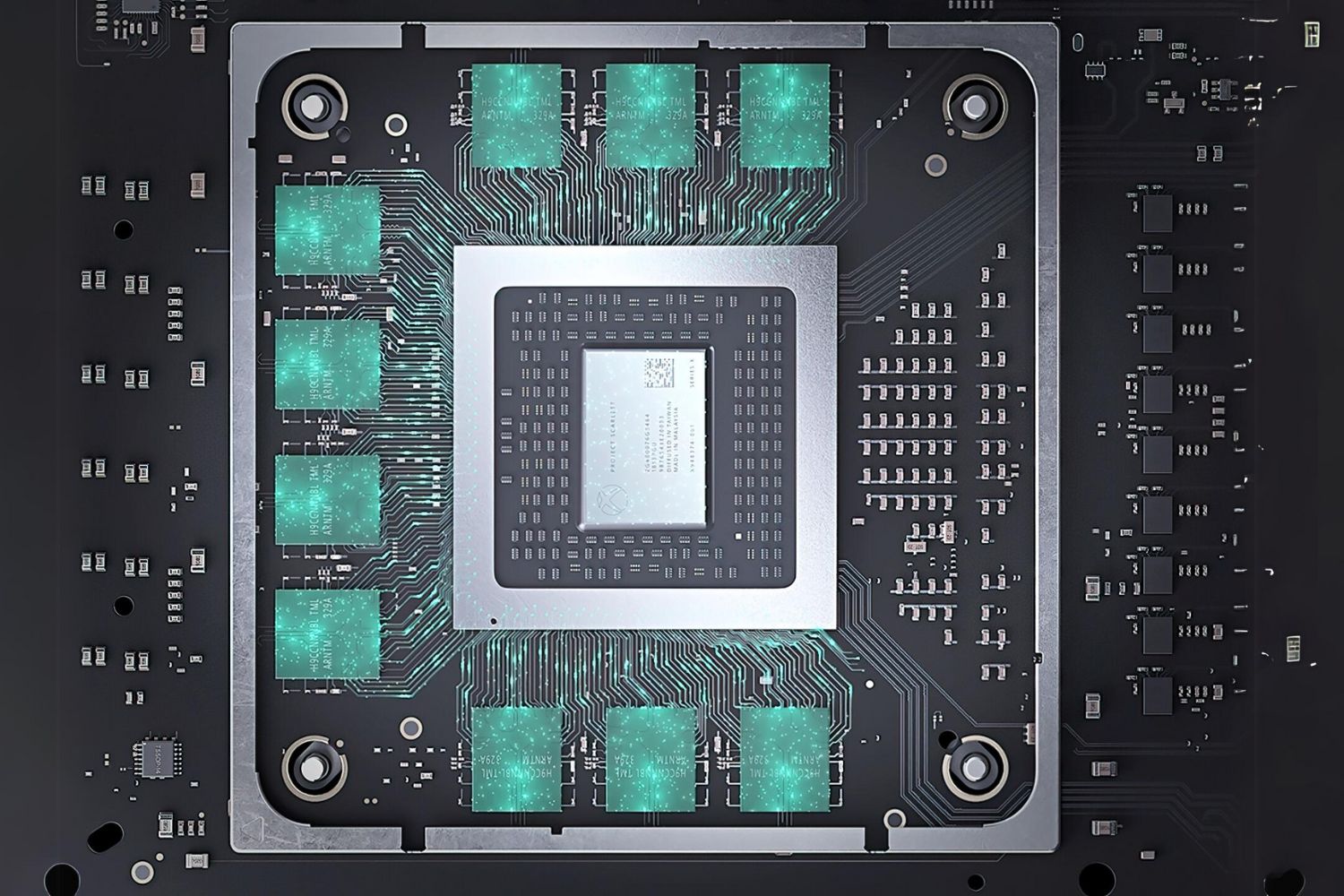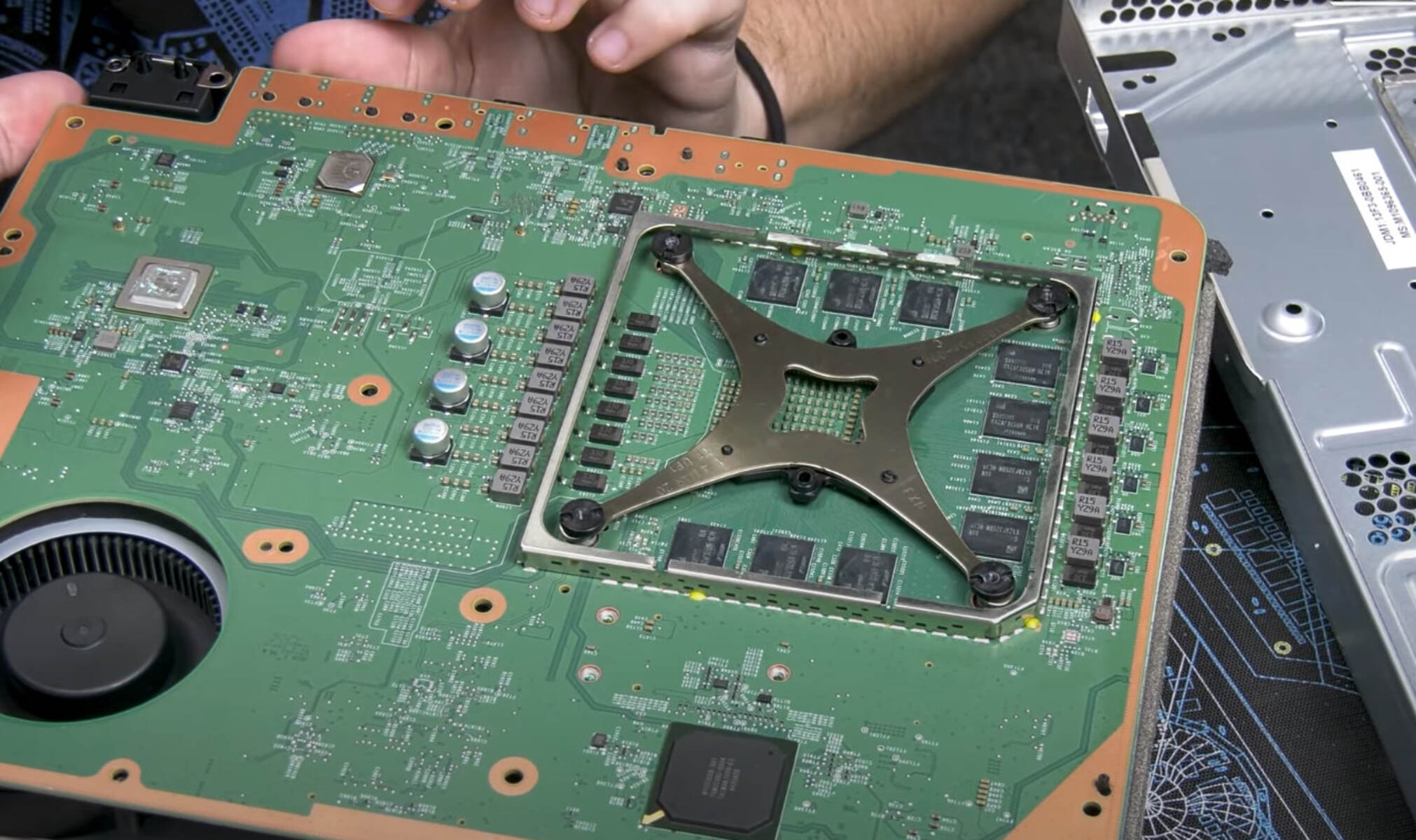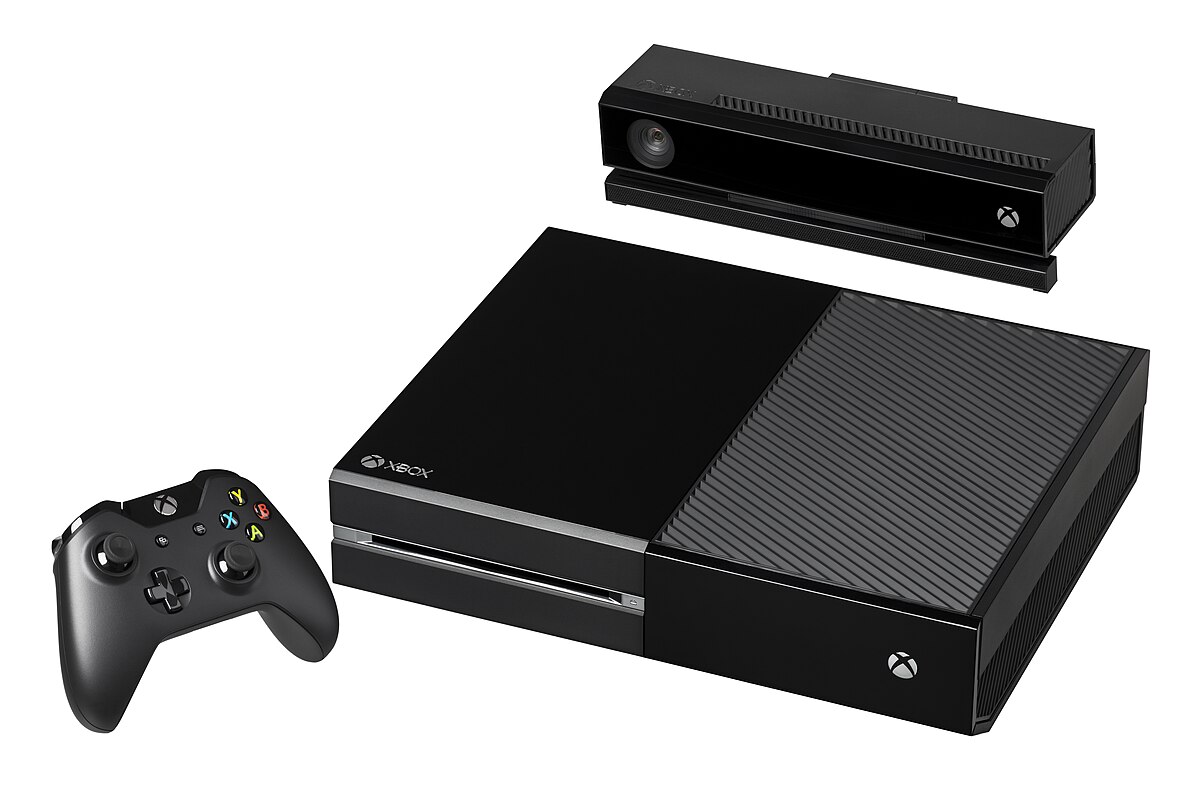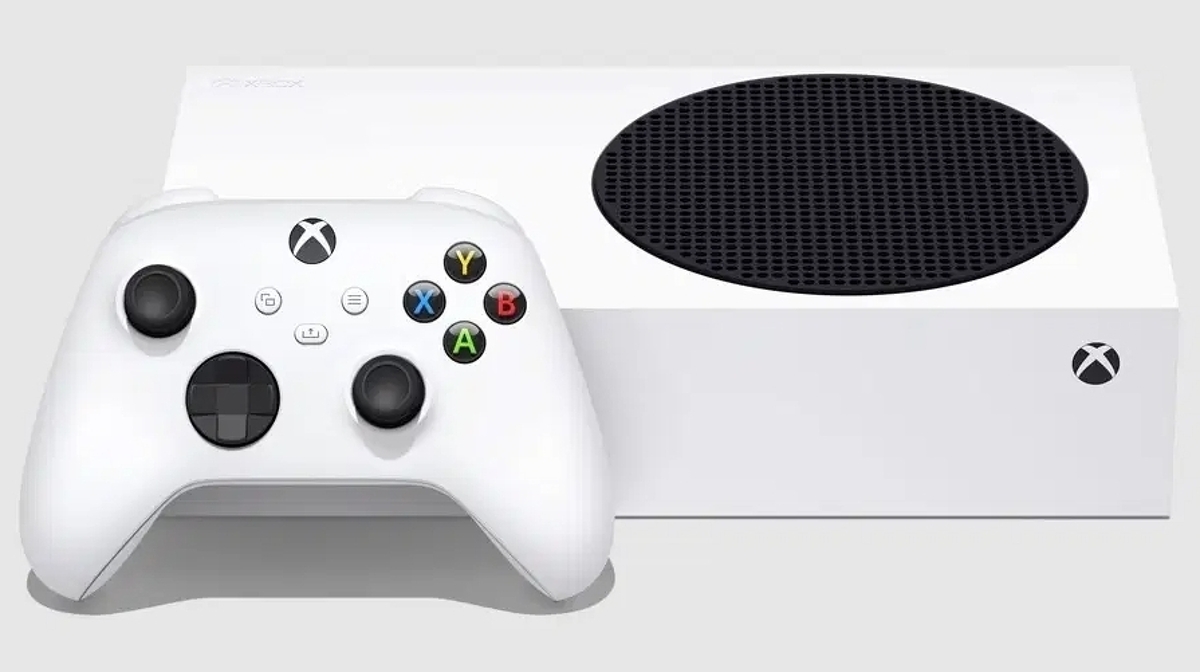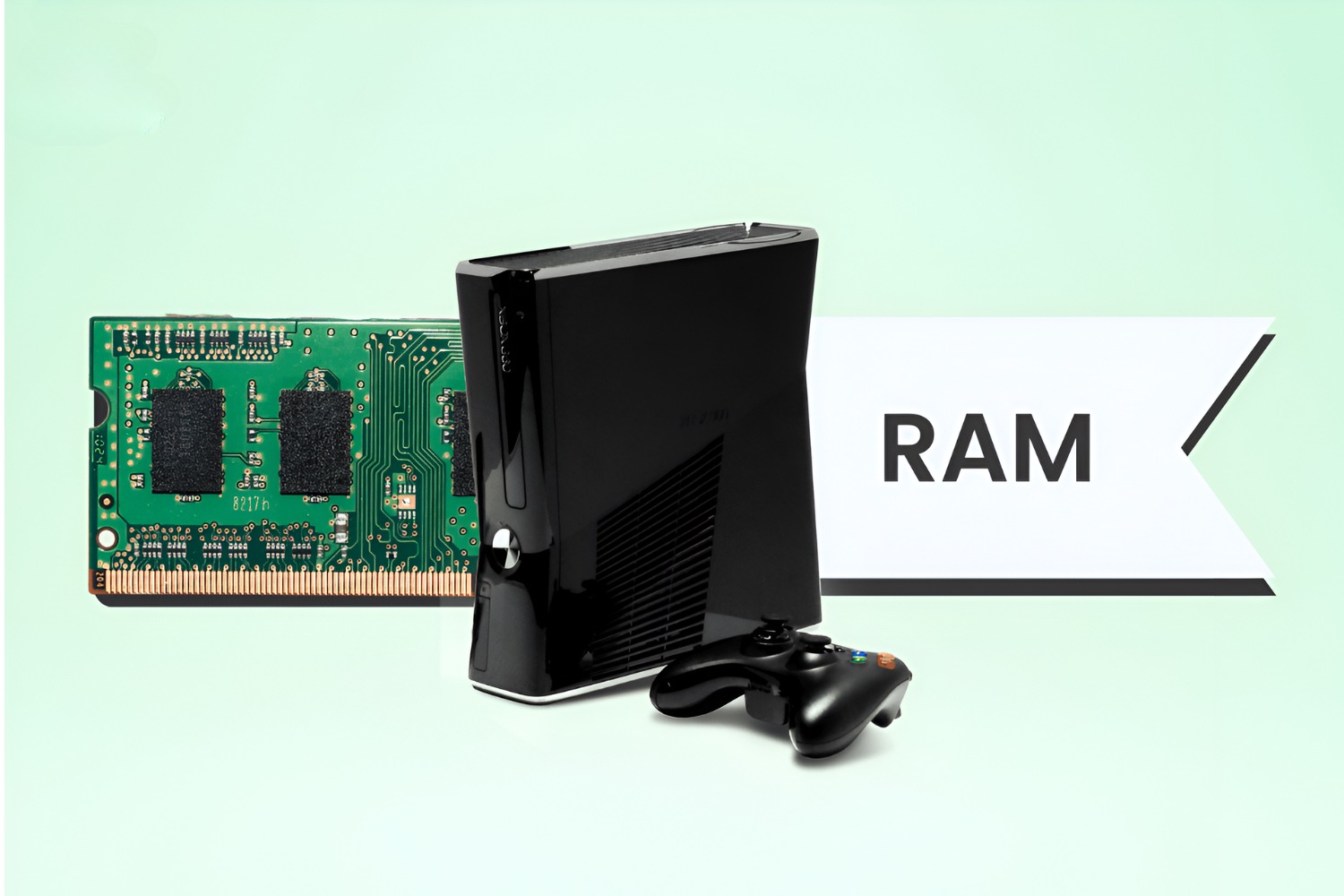Introduction
The Xbox One is a popular gaming console developed by Microsoft. With its powerful hardware and a vast library of games, it has captured the attention of gamers worldwide. One important aspect of the Xbox One’s hardware is its RAM, or Random Access Memory. RAM plays a crucial role in the performance and capabilities of any gaming console.
In this article, we will explore the specifications of the Xbox One, discuss the significance of RAM in gaming consoles, and specifically focus on how much RAM the Xbox One has. Additionally, we will examine the effects of RAM on gaming performance and understand why it is an essential factor to consider when choosing a gaming console.
Understanding the technical details of gaming consoles can seem daunting, but with a basic knowledge of RAM and its impact, you’ll be able to make informed decisions when purchasing a gaming console. So, let’s dive in and explore the world of RAM and the Xbox One!
Xbox One Specifications
Before we delve into the details of the Xbox One’s RAM, let’s take a look at some of the key specifications of this impressive gaming console.
The Xbox One was released in 2013 as the successor to the Xbox 360. It boasts a powerful custom 1.75 GHz AMD 8-core APU (Accelerated Processing Unit), which combines a central processing unit (CPU) and a graphics processing unit (GPU) into a single chip. This architecture allows for seamless multitasking and impressive graphics capabilities.
In terms of storage, the Xbox One comes with a built-in hard drive. The original version of the console offered 500GB of storage, but subsequent models introduced larger capacity options. Additionally, the Xbox One supports external storage devices, allowing users to expand their storage for more game installations and downloads.
Connectivity options on the Xbox One include built-in Wi-Fi for wireless internet access, Ethernet ports for a stable wired connection, and multiple USB ports for connecting accessories and additional storage.
Furthermore, the Xbox One features an optical drive capable of playing Blu-ray discs, allowing users to enjoy high-definition movies and immersive gaming experiences.
Another notable feature of the Xbox One is its Kinect sensor, which enables voice commands, motion tracking, and gestural control. While the Kinect sensor was initially bundled with the console, later versions of the Xbox One separated it as an optional accessory.
Now that we have an overview of the Xbox One’s specifications, let’s dive deeper into the essential component of RAM and its role in the console’s performance.
RAM on Xbox One
RAM, or Random Access Memory, is a crucial component of any computing device, including gaming consoles like the Xbox One. RAM serves as a temporary storage facility for data and instructions that the console needs to access quickly. It plays a vital role in ensuring smooth performance and seamless multitasking during gameplay.
The Xbox One is equipped with 8 GB of DDR3 RAM. DDR3, or Double Data Rate 3, is a type of RAM that offers relatively high bandwidth and is widely used in consumer electronics. While DDR3 RAM is a reliable and cost-effective option, it may not match the performance capabilities of newer RAM technologies like GDDR5.
It is important to note that the Xbox One uses a portion of its RAM for system operations and running the console’s operating system. This is common in gaming consoles, as they require a dedicated amount of memory to facilitate various functions apart from gaming, such as system updates, background operations, and running apps.
In the case of the Xbox One, the system and the operating system reserve a significant portion of the 8 GB RAM. This means that the available RAM for game developers to utilize is slightly less than the advertised 8 GB. However, this doesn’t necessarily impact the overall performance of the console, as the allocated RAM is sufficient to provide a seamless gaming experience.
It’s worth mentioning that the Xbox One’s RAM configuration differs from that of its competitor, the PlayStation 4. While the Xbox One utilizes DDR3 RAM, the PlayStation 4 is equipped with 8 GB of GDDR5 RAM. GDDR5, or Graphics Double Data Rate 5, is a type of RAM specifically designed for graphics processing. It offers higher bandwidth and faster data transfer rates compared to DDR3, making it advantageous for graphic-intensive tasks like gaming.
Despite the disparity in RAM technologies between the Xbox One and the PlayStation 4, it’s important to remember that gaming performance is influenced by a combination of various factors, including the CPU, GPU, storage speed, and optimization of game titles. While GDDR5 RAM may offer some advantages, the overall gaming experience on the Xbox One remains highly enjoyable and immersive.
DDR3 vs. GDDR5
When comparing the RAM technologies utilized in gaming consoles like the Xbox One and PlayStation 4, it’s important to understand the differences between DDR3 and GDDR5.
DDR3, or Double Data Rate 3, is a type of RAM commonly used in consumer electronics and personal computers. It offers a balance of affordability, power efficiency, and overall performance. DDR3 RAM operates at lower clock speeds compared to GDDR5 but provides higher memory density, allowing for larger capacity modules. This makes it suitable for tasks that require a large amount of memory, such as running applications and multitasking.
On the other hand, GDDR5, or Graphics Double Data Rate 5, is a type of RAM specifically designed for graphics processing. It is commonly used in high-performance graphics cards for gaming consoles and PCs. GDDR5 RAM operates at higher clock speeds, resulting in faster data transfer rates compared to DDR3. This makes it ideal for graphic-intensive tasks like rendering high-resolution textures, processing complex visual effects, and handling large amounts of graphical data in real-time.
The choice between DDR3 and GDDR5 RAM depends on the specific requirements of the system. While DDR3 is more versatile and cost-effective for general computing tasks, GDDR5 excels in delivering the high-bandwidth performance demanded by graphics-intensive applications, including gaming.
In the context of gaming consoles, GDDR5 RAM provides several advantages. Its faster data transfer rates allow for smoother gameplay, reduced loading times, and improved graphics performance. The utilization of GDDR5 RAM in the PlayStation 4 was a deliberate choice to enhance the console’s gaming capabilities and deliver stunning visual experiences.
However, it’s important to note that DDR3 RAM, as used in the Xbox One, still offers reliable performance and meets the requirements of most games effectively. The Xbox One’s hardware and system optimizations compensate for the lower memory bandwidth, providing an immersive gaming experience for its users.
In summary, DDR3 and GDDR5 are distinct RAM technologies with different strengths and purposes. While GDDR5 RAM excels in graphics processing and is preferred for high-end gaming systems, DDR3 RAM remains a cost-effective and versatile option that can deliver excellent overall performance in gaming consoles and other computing devices.
How Much RAM Does the Xbox One Have?
The Xbox One is equipped with a total of 8 GB of RAM. However, it’s important to understand that not all of this RAM is solely dedicated to gaming. A portion of the RAM is reserved for the system and operating system functions.
Out of the 8 GB RAM, the Xbox One allocates a significant amount for system operations, including running the operating system, managing background tasks, and handling system updates. This ensures the smooth functioning of the console and provides a seamless user experience. As a result, the available RAM for game developers to utilize is slightly less than the advertised 8 GB.
Despite the system’s allocation of RAM, the Xbox One still provides ample memory for games to run smoothly and efficiently. Game developers work closely with the console’s hardware and optimizing techniques to utilize the available RAM effectively and deliver high-quality gaming experiences.
It’s worth noting that the Xbox One’s RAM configuration differs from its predecessor, the Xbox 360, which had a total of 512 MB of RAM. The significant increase in RAM on the Xbox One allows for more advanced and memory-intensive game titles, enhanced graphics, and improved multitasking capabilities.
Overall, while the Xbox One reserves a portion of its RAM for system purposes, the remaining amount provides sufficient memory for game developers to create immersive gaming experiences. The combination of the console’s powerful hardware, including its RAM, CPU, and GPU, ensures that gamers can enjoy a wide range of games with smooth performance and stunning visuals.
RAM Usage on Xbox One
The allocation and usage of RAM on the Xbox One play a vital role in optimizing the console’s performance and providing an enjoyable gaming experience. Let’s explore how the RAM is utilized on the Xbox One.
As mentioned earlier, a portion of the Xbox One’s 8 GB of RAM is reserved for system operations, such as running the console’s operating system and managing background tasks. This ensures that the console runs smoothly and efficiently, allowing gamers to navigate menus, access apps, and perform system functions seamlessly.
When it comes to gaming, the Xbox One allocates a significant amount of RAM to the game itself. This allows game developers to create expansive and detailed environments, render high-resolution textures, handle complex physics simulations, and process AI computations.
The specific amount of RAM allocated to a game varies depending on its memory requirements. Some games may require more memory for large open-world environments or detailed textures, while others may require less. Game developers carefully optimize their titles to ensure they make the most efficient use of the available RAM, providing smooth gameplay and impressive graphics.
In addition to game-specific memory allocation, the Xbox One uses a memory management system to dynamically allocate and deallocate memory as needed. This allows for smooth transitions between different areas of a game, loading new assets on the fly, and quickly accessing required data. This dynamic memory management helps reduce loading times and ensures a seamless gaming experience.
It’s important to note that games on the Xbox One are designed to operate within the confines of the available RAM. While some games may push the limits of the system’s memory, developers find creative ways to optimize their games and deliver impressive performance even within the memory limitations.
Overall, the Xbox One’s RAM usage is a carefully balanced combination of system operations, game-specific memory allocation, and dynamic memory management. This approach ensures that the console delivers smooth performance, stunning visuals, and immersive gameplay for a wide range of game titles.
Impact of RAM on Gaming Performance
RAM, or Random Access Memory, plays a significant role in determining the overall gaming performance on any gaming console, including the Xbox One. Here, we will explore the impact of RAM on gaming performance and why it is a crucial factor to consider when choosing a gaming platform.
RAM directly affects a game’s performance by providing temporary storage for data and instructions that the console needs to access quickly. This includes game assets, textures, level data, and AI calculations. Insufficient RAM can lead to slow loading times, frame rate drops, and choppy gameplay.
With its 8 GB of RAM, the Xbox One is equipped to handle a wide range of game titles and provide smooth performance. The allocated RAM allows game developers to create visually stunning environments, detailed character models, and complex physics simulations.
One of the crucial benefits of having ample RAM is the reduction in loading times. Games can load data into memory more quickly, resulting in shorter load screens and seamless transitions between different game areas. This not only improves user experience but also enhances immersion in the game world.
Furthermore, sufficient RAM enables better multitasking capabilities on the Xbox One. This means that users can switch between apps, access in-game menus, or perform background tasks without impacting gameplay. It adds convenience and flexibility to the gaming experience.
RAM also contributes to smoother gameplay by minimizing frame rate drops and maintaining consistent performance. Games with more memory-intensive assets, such as high-resolution textures or complex visual effects, can benefit greatly from having sufficient RAM to store and process these elements.
However, it’s important to note that while RAM is a vital component of gaming performance, it is not the sole determining factor. The CPU, GPU, storage speed, and overall optimization of the game title also play crucial roles in delivering seamless gameplay.
To make the most of the available RAM, game developers optimize their titles to balance performance and memory usage. They employ techniques such as asset streaming, where data is loaded into memory on-demand, and memory pooling, which allows multiple assets to share memory resources efficiently.
In summary, RAM has a significant impact on gaming performance by enabling faster loading times, smoother gameplay, and better multitasking capabilities. The Xbox One’s 8 GB of RAM provides ample memory for game developers to create visually stunning and immersive experiences. When combined with other powerful components of the console, the Xbox One offers an exceptional gaming performance for players to enjoy.
Conclusion
In conclusion, the Xbox One is a gaming console that offers a robust gaming experience to players worldwide. RAM, as a crucial component of the Xbox One’s hardware, plays a significant role in determining the console’s performance and capabilities.
With its 8 GB of DDR3 RAM, the Xbox One provides sufficient memory for game developers to create visually stunning environments and deliver seamless gameplay. While a portion of the RAM is allocated for system operations, the available memory allows for optimized game performance and efficient multitasking.
While the Xbox One’s RAM configuration differs from its competitor, the PlayStation 4, which utilizes GDDR5 RAM, the overall gaming experiences on both consoles remain highly enjoyable. Other factors such as the CPU, GPU, storage speed, and game optimization also contribute to the overall gaming performance.
It’s important to consider RAM as one of the essential factors when choosing a gaming console. Ample RAM ensures faster loading times, smoother gameplay, and better multitasking capabilities. However, it’s not the sole determining factor, and a well-balanced combination of hardware and software optimization is crucial for delivering exceptional gaming experiences.
Whether you’re exploring vast open-world environments, battling intense enemies, or enjoying immersive storytelling, the Xbox One’s 8 GB of RAM provides the necessary memory to bring your gaming adventures to life. So, gather your controller, power up your Xbox One, and dive into a world of endless gaming possibilities.







